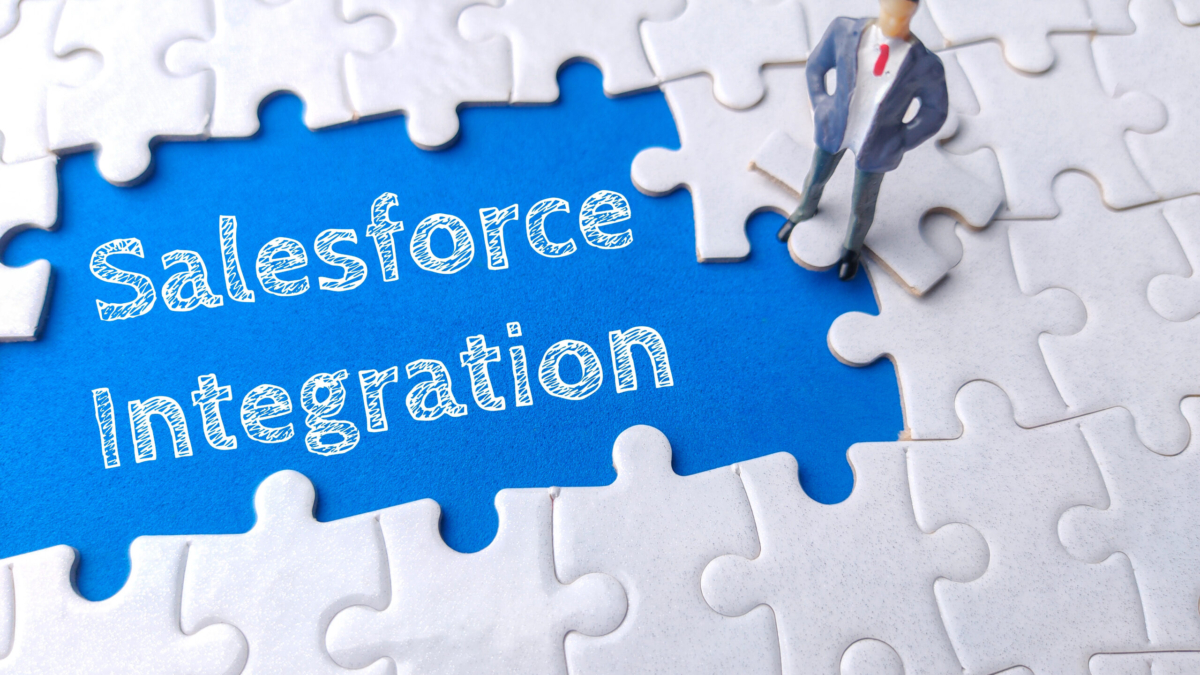If your Salesforce CRM and ERP system aren’t speaking the same language, you’re not just facing a technical problem — you’re putting your business efficiency, customer satisfaction, and revenue growth at risk.
But here’s the good news: integrating Salesforce with ERP isn’t as daunting as it sounds — if you follow the right steps.
In this guide, we’ll walk you through everything you need to know to avoid the most common integration pitfalls and get it right the first time.
Why Integrating Salesforce with Your ERP System Matters
Still debating whether you need this integration at all? Let’s break it down.
The Cost of Siloed Systems
When your systems don’t talk to each other, you end up with:
Manual data entry (which leads to errors)
Delayed reporting and decision-making
Misaligned customer and financial data
Frustrated teams across departments
Benefits of Seamless Connectivity
By integrating your CRM and ERP, you can:
Create a 360-degree view of each customer
Streamline order fulfillment and invoicing
Eliminate duplicated work between sales and finance
Empower faster, data-driven decisions
Step 1 – Clarify Your Integration Goals Before You Start
Before you even choose a tool or write a line of code, define what integration success looks like.
What Success Looks Like for Your Team
Ask yourself:
What problems are we solving with this CRM-ERP integration?
Which data sets do we need to sync (e.g., orders, inventory, customer info)?
What does “done right” look like?
Common Objectives Worth Defining
Reduce manual data entry
Improve customer service response times
Speed up the order-to-cash process
Unify reporting across systems
Step 2 – Choose the Right Integration Method (Without Regret)
Not all Salesforce-ERP integrations are created equal. The best approach depends on your team’s technical expertise, budget, and goals.
API Integrations: Real-Time and Flexible
Best for: Companies with in-house dev resources
Pros: Real-time data synchronization, fully customizable
Cons: Requires regular maintenance and development time
Middleware Platforms: Simplified but Costlier
Best for: Fast implementation without deep custom needs
Pros: Pre-built connectors, minimal coding required
Cons: May not handle complex workflows, licensing fees
Custom Integrations: Tailored but Complex
Best for: Highly specific business requirements
Pros: Complete control over data flows
Cons: Expensive and time-intensive to build and maintain
Step 3 – Protect Your Data Integrity
You can’t afford to integrate bad data. Before and after integration, data quality should be a priority.
Why Data Mapping Is Non-Negotiable
Ensure your Salesforce fields match ERP fields. For example:
“Customer Name” should map to “Client Name”
“Closed Date” should map to “Order Date”
Clean Before You Connect
Before syncing:
Remove duplicate records
Standardize data formats
Fix incorrect or outdated entries
Validate and Audit Regularly
Post-integration, set up regular data health checks to:
Catch errors early
Identify sync failures
Keep your systems aligned
Step 4 – Make Security a Priority, Not an Afterthought
Integration exposes sensitive business data. Without security, you’re risking compliance violations and breaches.
User Access and Permissions
Use role-based access control
Enable multi-factor authentication (MFA)
Limit permissions to what’s strictly necessary
Encryption and Compliance Must-Haves
Encrypt data in transit (TLS) and at rest
Stay compliant with GDPR, CCPA, and other regulations
Review security protocols regularly
Step 5 – Test It Like It’s Live (Because It Soon Will Be)
Testing isn’t just about functionality — it’s about ensuring your systems will perform in real-world conditions.
Functional and Performance Testing
Check that:
Data flows correctly in both directions
Each integration point works under peak loads
Syncing doesn’t slow down either system
Get User Buy-In with UAT
Let your end-users test real workflows:
Quote-to-Cash
Order Fulfillment
Inventory Lookups
Their feedback will highlight usability issues developers might miss.
Step 6 – Train Your Team and Build a Post-Go-Live Plan
Even the best-built integration fails without user adoption and support planning.
Documentation That Actually Helps
Include:
System diagrams
Data mappings
Troubleshooting guides
Who to Train and How Often
Train admins on technical aspects
Train end users on day-to-day workflows
Provide refresher sessions as systems evolve
Integration Is a Journey, Not a Checkbox
Integrating Salesforce with your ERP system is one of the smartest moves you can make to unify your business operations, improve efficiency, and gain a true view of your customers.
But success doesn’t happen by accident.
With thoughtful planning, the right integration approach, and consistent user training, your systems will work smarter — together.
At Itradiant, we specialize in helping businesses like yours implement successful Salesforce-ERP integrations from strategy to execution.

